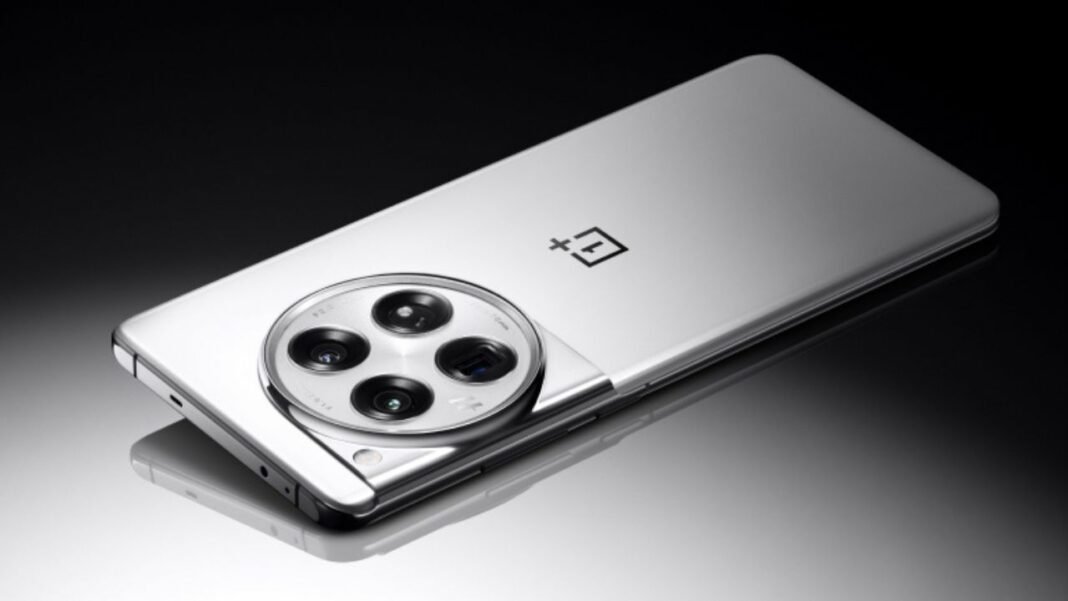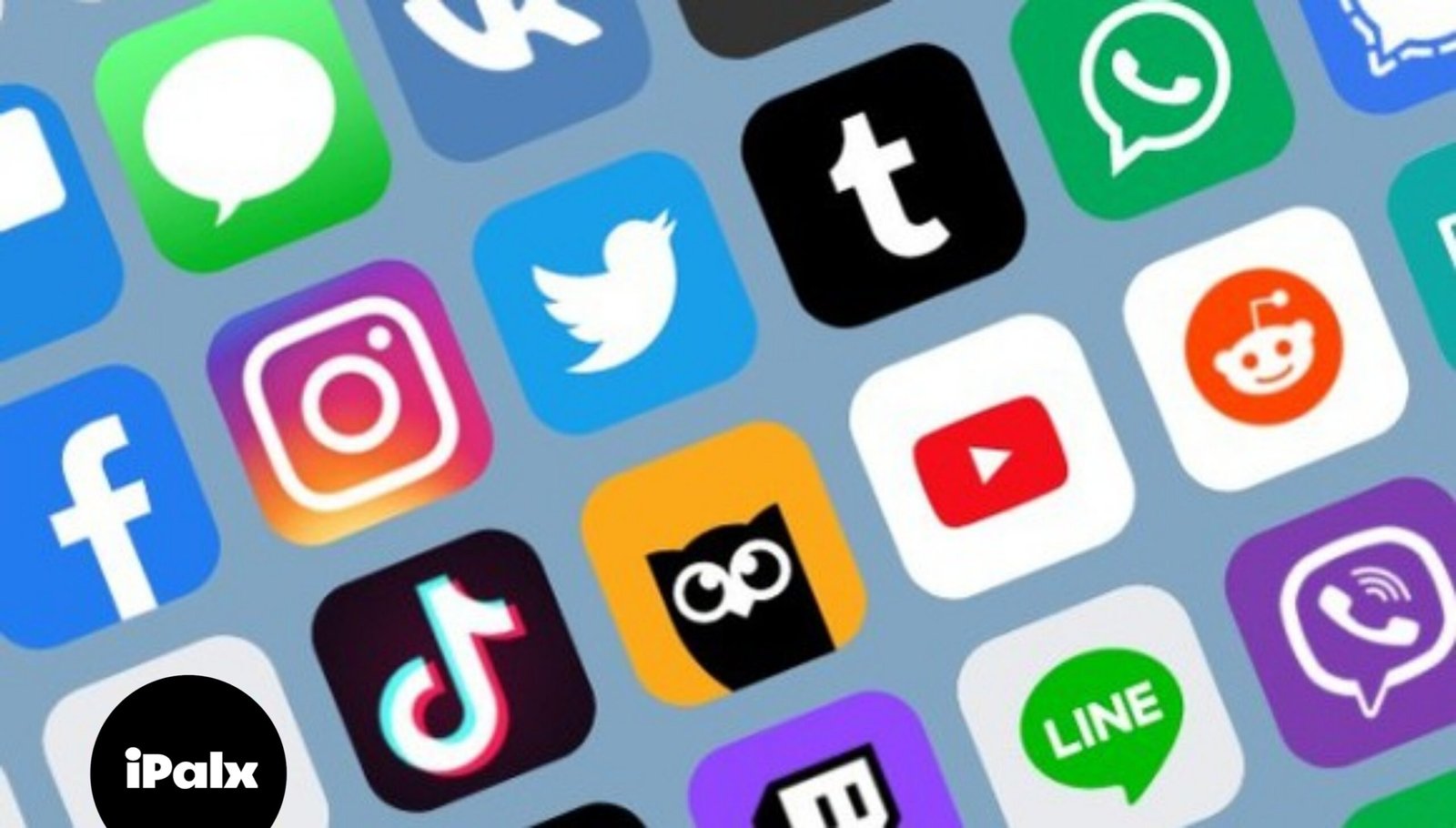Do you get tired of charging your iPhone all the time? When your iPhone’s battery health decreases, it can’t keep up with your busy day. Many iPhone users complain about their battery health dropping fast. But no need to worry! I’ll give you 11 expert ways to keep your iPhone’s battery healthy.
Table of Contents
What kills your iPhone battery health?
To start, it’s essential to understand why your iPhone’s battery health decreases rapidly. Here are some common reasons:
- High usage: Constantly using your phone for streaming, gaming, browsing, and downloading large files can put a strain on the battery and cause it to reduce fast.
- Leaving apps running in the background: When apps run in the background, they continue to use power, especially those that track your locations, even when you’re not actively using them. Battery life can be significantly reduced as a result.
- Exposure to heat: High temperatures can damage the battery and cause it to reduce more quickly.
- Not updating the iOS: The update patches contain iOS optimizations. So, not updating your iPhone can also affect the battery’s health.
- Using third-party battery cases or chargers: If you use non-Apple accessories, it can cause damage to the battery and degrade its overall health over time.
- Battery age: Batteries have a limited lifespan. And as they age, they will naturally lose some of their capacity.
11 Ways to maintain your iPhone’s battery health
Go to Settings → Battery → Battery Health & Charging and look up the Maximum Capacity % to see the current state of your battery.

According to Apple, a battery capacity of 80% or more is desirable. Following best practises and taking care of your iPhone’s battery health is essential to keep it from failing and going below that barrier.
1. Don’t let your iPhone overheat
Heat and extreme temperatures are the biggest enemies of the battery in your iPhone. According to Apple, the iPhone can function well at temperatures as high as 95°F. Beyond that, though, might seriously harm the battery and perhaps result in an explosion. Don’t panic, though; your iPhone contains safety mechanisms that allow it to briefly shut down in certain circumstances.
Keep your iPhone out of direct sunlight and away from car heater vents to prevent overheating of the battery. Furthermore, low temperatures—below 32°F or 0°C—can impair the battery’s capacity to store charge. By following these guidelines, you can preserve the health of your iPhone’s battery.
2. Use Apple‘s original chargers
Using Apple’s certified cables, adapters, and wireless chargers is highly advised. Even while they can charge your iPhone, third-party chargers frequently have inferior wiring and may not adhere to the right regulations. The official accessories from Apple aid in preventing short circuits and power surges.

There are businesses that produce fake goods. To ensure you’ve bought a legitimate device, it’s crucial to verify the Apple MagSafe charger firmware if you bought any MagSafe products online.
3. Avoid letting your iPhone die
It is not good for your iPhone battery to let it run entirely flat. A lithium-ion battery may experience deep discharge and eventually lose its ability to function if it is left in a fully depleted state for a lengthy amount of time. Apple has addressed this issue by ensuring that iPhone batteries maintain a certain level of reserve energy even after they appear to be dead.
Charge your iPhone as quickly as possible if the battery runs low. When the battery life of your iPhone reaches 20% or less, switch it to Low Power mode. This mode aids in extending battery life until a recharge is possible. To keep my iPhone from dying entirely, I normally charge it several times a day.
4. Don‘t charge overnight
Charging devices overnight is a common practice, but it can harm the iPhone battery and reduce its health. For instance, if your iPhone only needs an hour of charging but remains plugged in for 7-8 hours, it results in overcharging. This can force excess current into already charged cells, potentially damaging the battery.
To prevent overcharging, consider turning on adaptive charging, a built-in feature on your iPhone designed to maintain battery health. Here’s how: Go to Settings, then Battery, and tap Battery Health. Toggle on “Optimized Battery Charging.” This allows your iPhone to learn your charging habits and optimize its charging. patterns.

5. Avoid full charging your iPhone
According to Apple, an iPhone’s battery may no longer sustain 100% battery health after about 500 full charge cycles. Your iPhone’s battery life will decrease over time, causing it to lose its charge faster.
When you charge your iPhone to its maximum capacity, heat is produced, and after it reaches 80%, the charging pace may decrease. It is advised to strive to keep the battery level between 40% and 80% rather than charging it all the way to 100% in order to preserve its health.
6. Get the best wireless charging iPhone cases
It is recommended that you use an authentic MagSafe case for your iPhone when using wireless chargers. This guarantees appropriate charging and a robust magnetic connection. Furthermore, high-end cases frequently come with covers for the charging port to keep dust and debris out.

Waterproof cases are an excellent way to keep your iPhone secure from water damage, which also helps to protect the battery. But be alert for any indications that the casing is overheating. To avoid overheating, take off the iPhone case if necessary while it’s charging.
7. Measures to store iPhone for the long term
As was previously said, leaving your iPhone off for an extended period of time may result in battery problems. Turn off the iPhone and charge it to around 50% before storing it. Don’t forget to recharge it as well, at least once every six months. Don’t charge your phone all the way to 100% when storing it for a long time.
8. Optimize your iPhone’s settings
Undoubtedly, following these precautions will assist in maintaining your iPhone’s battery health. Additionally, I’ve adjusted some settings to enhance my iPhone’s battery capacity and resolve the battery drain problem. I recommend you do the same. 😉
9. Turn off the Always-On display
Apple debuted the Always-On display technology, which maintains the lock screen active in low-power mode, with the iPhone 14 Pro series. Disabling the Always-On display, however, will assist extend the battery life of your iPhone because it updates the display every second at a lower brightness.

10. Monitor email updating frequency
On your iPhone, the Push and Fetch services are necessary to maintain the most recent versions of your online accounts, including calendars and emails. Push makes sure that as soon as fresh data becomes available on the server, it is pushed to your device.
The Fetch service has various time intervals that you can configure to check for updates. For your primary email account, I suggest turning on Push. For additional accounts, you need manually adjust the Push and Fetch settings. Your gadget may save more power if you use this method.
- Open the Settings app on your iPhone → choose Mail.
- Tap Accounts.

- Select Fetch New Data → toggle off Push.
- Scroll down and choose Hourly under Fetch.

- Now, for your secondary accounts, select Manual as the fetch schedule.

11. Check and optimize Battery Usage information
Examine your iPhone’s battery utilisation data to identify patterns in your power usage and see which apps are consuming the most power. Keep an eye out for applications that are wasting battery life while not in use. To save your battery, think about using less of those power-hungry apps.
So, that’s all for today
Since lithium-ion batteries deteriorate over time, it is impossible to keep an iPhone’s battery health at 100%. To protect your battery, it’s wise to heed these suggestions. Apple provides battery replacement services if problems continue. What is the current percentage of battery life on your iPhone? Put it in the comments section below.









3 thoughts on “How to keep your iPhone’s battery in good condition”